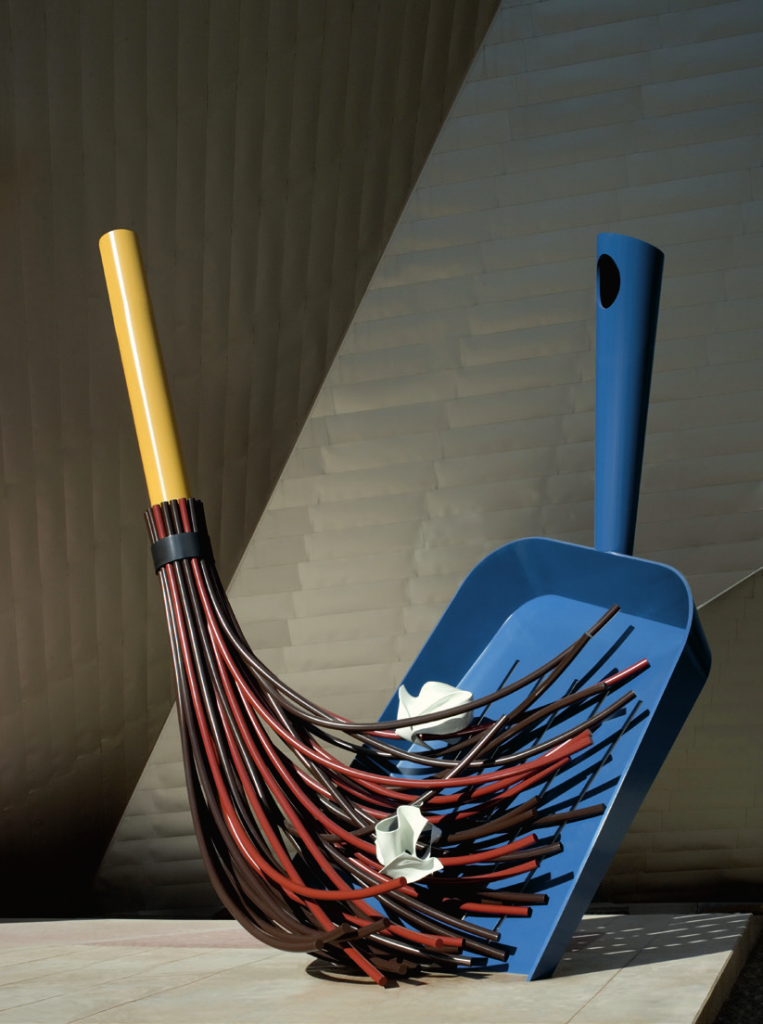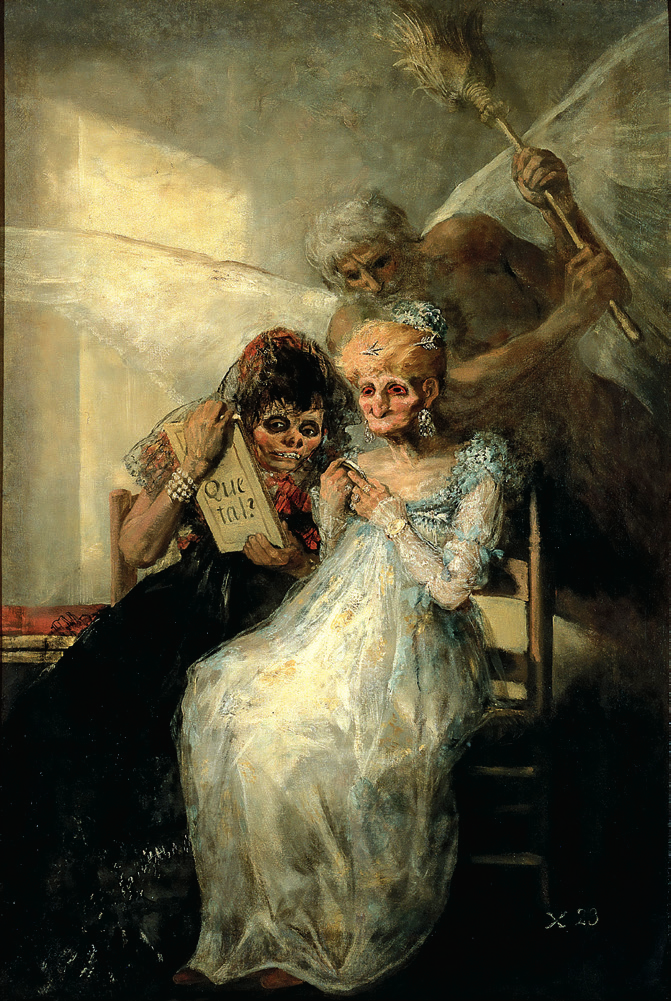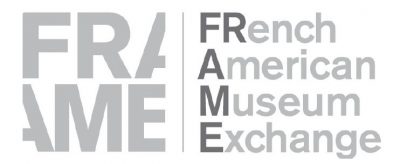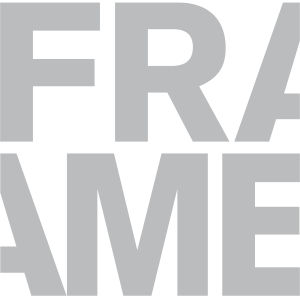FRench American Museum Exchange (FRAME), a humanist and geo-cultural association in the era of globalization. For twenty years FRAME has acted as a unique cultural bridge between the two shores of the Atlantic. FRAME’s mission is to build cultural dialogue between member museums in North America and France through mutual understanding, partnerships, and appreciation. This shared mission of FRAME’s 32 member museums in France, the United States and Canada are all the more significant since these institutions are custodians of universal testimonies of humanity, and they share an essential mandate to make their collections known to the greatest number of visitors.
This ambitious idea was the brainchild of two women, Elizabeth Rohatyn and Françoise Cachin1, who wanted to promote the artistic treasures of important French and American museums located in cities outside of famous tourist destinations. The establishment of sustainable partnerships based on exhibition projects and educational programs conducted jointly between France and the United States would allow these museums, not well known by the general public at the time, to share their rarely borrowed master-pieces across the Atlantic. In support of this initiative, the Minister of Culture in 2000, Catherine Tasca, highlighted FRAME’s innovative nature in the art world and compared it to an “incubator”2 of ideas, and a space for experimentation among its members — which it remains today. At that time, FRAME was an acronym for French Regional American Museum Exchange, which sought to explain the lack of national museums in the network. United in their territorial diversity through shared values and complementary collections, FRAME member museums were located in cities with dynamic economies increasingly oriented toward global activities. Located in urban areas in full development, with strong ties to foreign nations, these museums promoted their cities and represented varied levels of economic development, skills and knowledge.
This unprecedented way of promoting bilateral exchanges between France and the United States can be compared to the political and economic cooperation3 strategies championed by Felix Rohatyn between 1997 and 2000, when he was Ambassador of the United States of America to France. Elizabeth Rohatyn adapted her husband’s strategies for the art world in 1999. By convening major museum directors to meet yearly, alternating between France and the United States, FRAME nurtured deeper knowledge of the network’s collections and the discovery of peers’ professional practices. Expertise was shared and collaborative projects were set up for the benefit of the participating institutions4. In 2011, President Clinton praised the momentum of this association and the initiatives created under Felix Rohatyn’s5 tenure, that benefited “millions of people on both sides of the Atlantic” and complemented the Ministry of Culture’s Direction des musées de France international activities6. Member museum’s know-how and their permanent collections played an important role in defining FRAME’s identity as a catalyst for cultural diplomacy7.
This specificity, which sought to increase knowledge between France and America through a strategy of reciprocity, is epitomized by the subject matter of several exhibitions under the auspices of FRAME. It is hardly surprising that Made in USA, the first FRAME exhibit presented in France, focused on the emergence of American painting from 1908 to 1947, from Homer to Pollock. It opened in the wake of September 11, 2001, and became a welcome symbol of the fraternal union between our two nations. Between 2010-2012, FRAME brought The Mourners: Tomb Sculpture from the Court of Burgundy, featuring 39 celebrated masterpieces of medieval Burgundian sculpture, to seven museums across the United States, attracting 500,000 visitors. The exhibition featured sculptures from the elaborate tomb of John the Fearless (1342-1404), the second Duke of Burgundy, which is one of the centerpieces of the Musée des Beaux-Arts de Dijon, who co-organized the exhibition with the Dallas Museum of Art. The Mourners benefited from the Dijon and Dallas historic sister city relationship and resulted in increased tourism to Dijon.
FRAME has increased the size of its membership from the original 18 member museums five times over the past 20 years. In 2004, six new museums joined the association, and in 2008, the Museum of Fine Arts Montreal, Québec, became an “associate institution” increasing FRAME’s reach to Canada. Montreal became a full member in 2011, along with The Nelson-Atkins Museum of Art and the Musée d’arts de Nantes. In 2015, FRAME expanded its scope to thirty museums, including The Petit Palais in Paris — the first Parisian institution to join the organization by virtue of its municipal status in keeping with other FRAME regional museums in France — and changed its name to FRench American Museum Exchange. The entry of the Albright-Knox Art Gallery in Buffalo in 2017 honors FRAME’s desire to integrate contemporary art into its field of action. In order to respect the strict parity governing FRAME’s network, in 2019 FRAME welcomed the Musée d’Art Moderne et Contemporain de Saint-Étienne Métropole, which has one of the most important modern and contemporary art collections in France outside of Paris. Plans are actively underway to further expand the FRAME network, and broaden and deepen its impact.
Despite the administrative, political, economic, and social differences, in addition to the cultural diversity of the cities where FRAME museums are located, the network is in agreement about the importance of decompartmentalization, and the importance of its role in a global community to better respond to member realities on the ground. “By acting locally, we like to think we are thinking globally”8. This maxim by FRAME’s co-founders remains more relevant than ever.
FRAME museums rely on areas of common ground to unite their audiences, through aesthetic experiences that address shared societal issues, even though the museums themselves may differ. The anti-violence movement by young people, the inclusion of every individual in society, the understanding and dialogue between cultures, among others, are issues at the forefront of our members in France, the United States and Canada. In recent years Education and Outreach Programs at FRAME museums, including Curating a Culture of Respect, The Art of Inclusion, or Bridges Across Borders, have addressed these issues using their permanent col- lections. As a shared universal heritage, these programs provide opportunities for constructive dialogue at the local level, while placing the individual at the heart of contemporary global issues. Museums, as envisioned by Elizabeth Rohatyn and Françoise Cachin, “are depositories of the cultural diversity in our past. They are also an essential means of transmitting to new generations a thirst for artistic expression and a renewed understanding of all that other cultures have to offer us. If this does not describe globalization, it should, and it will.” Twenty years after the founding of FRAME, their vision has been realized. Due to its timelessness and universality, this ever-evolving vision continues through FRAME exhibitions, and education and outreach programs. Thanks to its membership’s shared values, FRAME reimagines geographical borders and replaces them with a humanist territory of international stature for the 21 st century, and a global community.
1 See Our Founders.
2 Address by Catherine Tasca, Minister of Culture, as read by Françoise Cachin, Director, Musées de France, during FRAME’s 2nd Annual Conference on October 13, 2000, in Saint Louis, Missouri.
3 French American Business Council
4 See What We Do
5 Felix Rohatyn was appointed Ambassador of the United States to France by President William Jefferson Clinton.
6 “Unlike the bleak exchanges on the political level, FRAME is evidence of ongoing cooperation and trust between our countries […]. If you think the world as a community, then FRAME augments and nuances that conversation”, Dorothy Kosinski, senior curator of painting and sculpture at the Dallas Museum of Art, in Dana Micucci, “Louvre forges new links with U.S. museums”, The New York Times, October 23, 2004.
7 Letter from William Jefferson Clinton to His Excellency François Delattre, Ambassador of France to the United States, October 13, 2011. FRAME Archives.
8 Ibidem. Elizabeth Rohatyn, Françoise Cachin, “Foreign policy can include art”, Saint Louis Post-Dispatch, October 6, 2000




